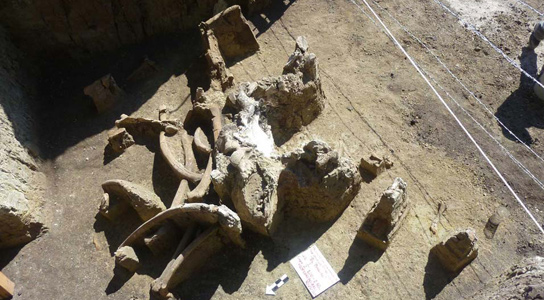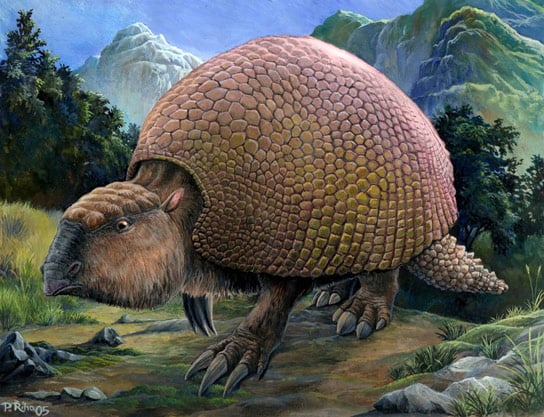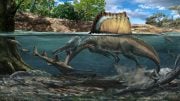
Workers in Atotonilco de Tula, Hidalgo state, discovered hundreds of bones, including those of mammoths, mastodons, and glyptodons from the final stages of the Pleistocene period.
More than a hundred bones of animals, some of which could be of human origin from the final stages of the Pleistocene period, were found in the Atontonilco de Tula, Hidalgo scattered within an area of 100 acres (0.4 square kilometers), between 7 and 10 meters (23 and 33 feet) in depth.
The discovery was made during the construction of a water treatment plant. Archaeologists from the National Institute of Archeology and History (INAH) in Conaculta rescued the bones. The exact types of bones can be categorized as ribs, vertebrae, craniums, jawbones, fangs, horns, and shells. Some of the remains were up to 1.6m (5ft) in length.

The bones include remains of extinct animals, such as the glyptodon, mastodon, mammoth, and animals that are alive today, like deer, horses, and camels. There are other yet unidentified bones and two stone tools of the same epoch were discovered.
The salvage of these remains took several months, resulting in the most varied and numerous find of extinct megafauna remains in Cuenca de Mexico. This find will enable archaeologists to quantify the animals that lived in this part of Mexico, 10,000 to 12,000 years ago.









Be the first to comment on "Extinct Animals From the Pleistocene Discovered in Mexico"